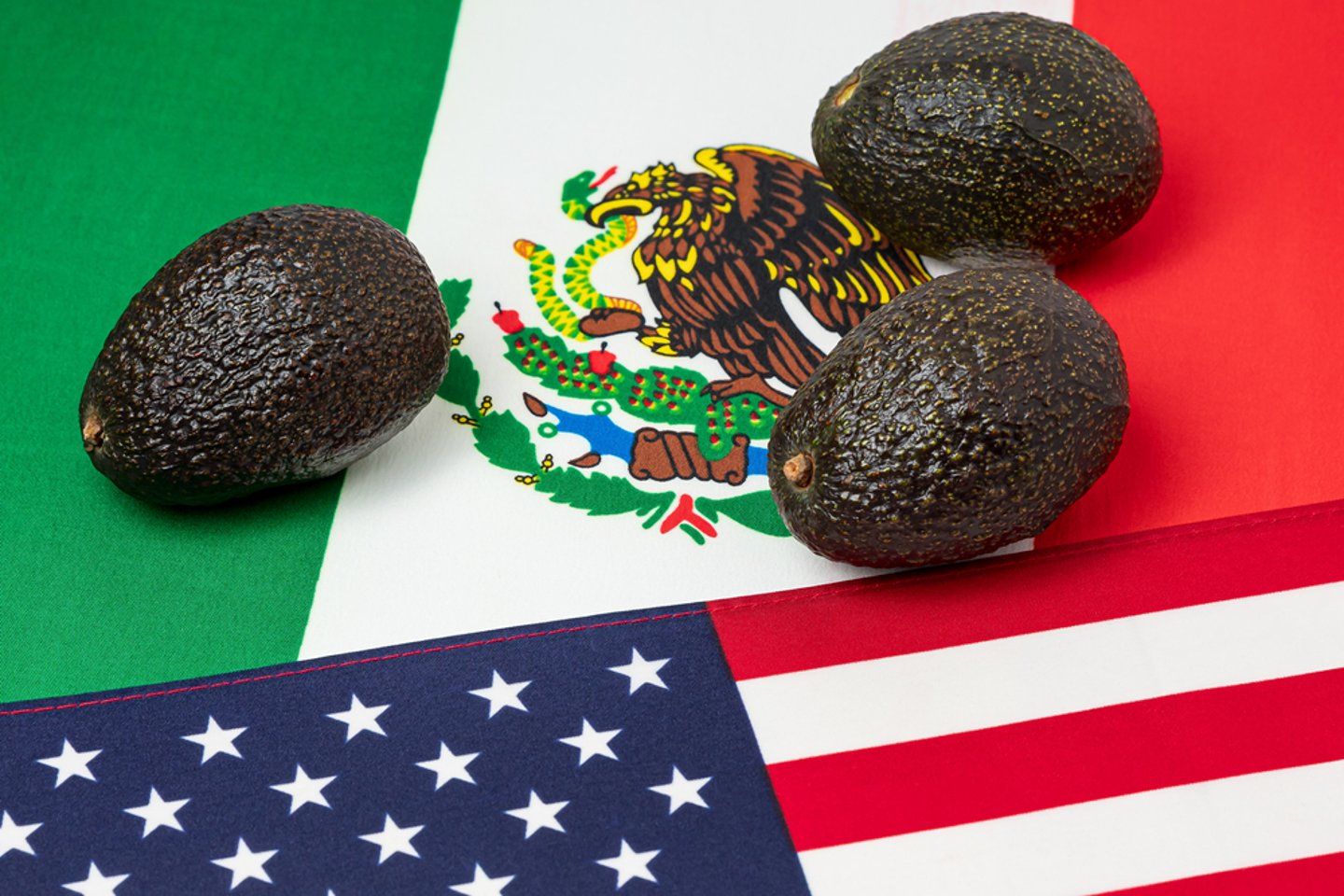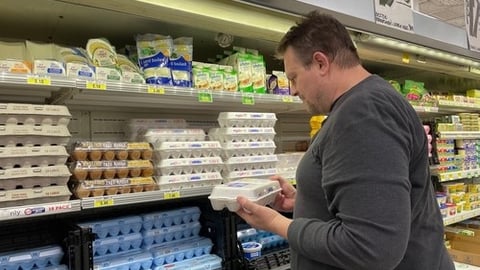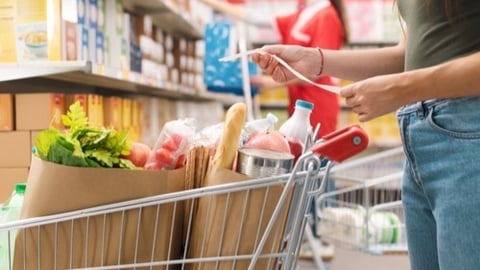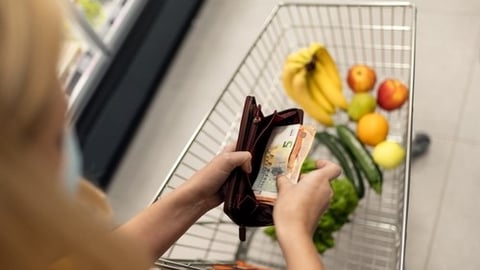EXCLUSIVE: Making Sense of the Volatile Tariff Situation
Tariffs, it seems, are like the spring weather in the Midwest: Stick around a few minutes and it might change.
The Trump Administration’s steep tariffs on imports from North American neighbors Canada and Mexico were issued via executive order and then paused for 30 days. The 10% tariff on products coming from China stands, while China has responded with its own duties on coal, gas, cars and other items.
[RELATED: NGA Backs Resolution to Halt EPA’s Refrigeration Regulations]
The orders, pauses and policy pivots have left those across the grocery chain, including suppliers, distributors and retailers, adjusting their plans to keep products on the shelves and prices in check. Fresh data from RELEX shows that 60% of businesses are fundamentally restructuring their supply chains in response to rising tariffs, demand volatility and potential supply chain disruptions. That same survey found that 47% of businesses agree that trade and tariff instability is a growing threat that could drive up costs, and 50% are widening their supplier networks to mitigate risks.
“Supply chains are in a pressure cooker — between tariffs, demand shifts, and unpredictable disruptions, the outdated and traditional way of operating isn’t sustainable,” declared Dr. Madhav Durbha, group VP of CPG and manufacturing at RELEX Solutions. “Companies that lean into AI, automation, and supplier diversification will not only weather this volatility but emerge stronger. The ones that don’t risk falling behind.”
To make sense of the ever-evolving situation, Progressive Grocer reached out to experts to get their take on where tariffs stand and how that could shift again.
Below are some of those experts’ thoughts on the global trade outlook.
Andy Harig, VP, tax, trade, sustainability and policy development for FMI - The Food Industry Association: “FMI has been in touch with incoming administration officials as well as Congressional offices to discuss the impact that tariffs will have on both our member companies as well as their customers. We are consistently encouraging our retailer, wholesaler and supplier members to evaluate their supply chains, identify alternative suppliers where possible, and remain nimble as this remains a fluid situation. For non-perishable items, it is possible to build-up inventories to hedge against the impact of tariffs, but for perishable items this is not possible, so it is very much a waiting game. We’re also urging our members to be patient and thoughtful in their approach and not chase after every news story or social media posting.
"The U.S. food system is highly integrated with our North American neighbors and the broader global economy. We do not anticipate broad product shortages, although there may be additional challenges associated with sourcing. It’s also important to keep in mind that tariff increases will not result in a one-to-one price increase. Depending on the level of processing of CPG goods, the overall impact of tariffs may be a fraction of the cost of the final product due to other domestically sourced inputs.”
Anshuman Jaiswal, VP of operations at Nextuple, an omnichannel order management advisory and tech firm, on current challenges amid uncertainty: “It is indeed hard but you should anticipate retaliatory tariffs from parties involved. It could be long-drawn battle before negotiations settle. Companies will start look outside of Mexico to do near shoring for Chinese goods. Most importantly, the tariffs will get reflected in the prices in the near to medium term. U.S. companies dependent on Canadian or Mexican goods and vice versa should strongly consider diversifying supply bases, rethink near shoring, actively engage with robust alternate supplier portfolio.
“Start the initiatives — medium to long term — to diversify sourcing alternatives. While this can take time, at least have alternative suppliers in mind who can be activated — start doing the outreach and create an active portfolio of alternative suppliers. Revisit contracts to ensure there is flexibility to change terms and cancel the contract if needed, figure what costs to absorb and how to pass on costs strategically to consumers and invest in supply chain and inventory visibility solutions.”
Phil Kafarakis, CEO at IFMA, The Food Away From Home Association, a group that includes in-store foodservice operators: “In many cases, contingency plans were put into place when companies came out of COVID and rebuilt their supply chains. Most food companies did expand their supplier base and have added redundancy to their ingredient and distribution partners. Where this hasn’t been done, it should become an immediate priority, given global geopolitics.
“It’s most likely that tariffs will be imposed. They will be much more product/industry specific rather than the comprehensive approach we see today — more so on industrial goods, like steel, cars, hard goods rather than on sweepingly across food categories. Energy and technology will be more of the focus given the longer-term implications of reaching and modifying consumer habits. With U.S. consumer pricing pressure on groceries and daily items that drive household consumption, it’s more likely POTUS will shift gears and target more B2B impact that takes longer to reach consumer pocketbooks.
“Companies have expanded their supply chains and have built more redundant capacity within their operations to react to business risk and shifts in demand. Also, driving consumers towards 'replacement' products, away from core items has also provided some relief for companies to deal with immediate policy changes. Weather disasters have also driven companies to spread out their distribution systems by building warehouses outside of their core areas. Cooperating and building partnerships with adjacent suppliers, such as packaging and equipment beyond ingredients, is essential.”
[Never miss a story – sign up for Progressive Grocer's FREE Daily newsletter]






